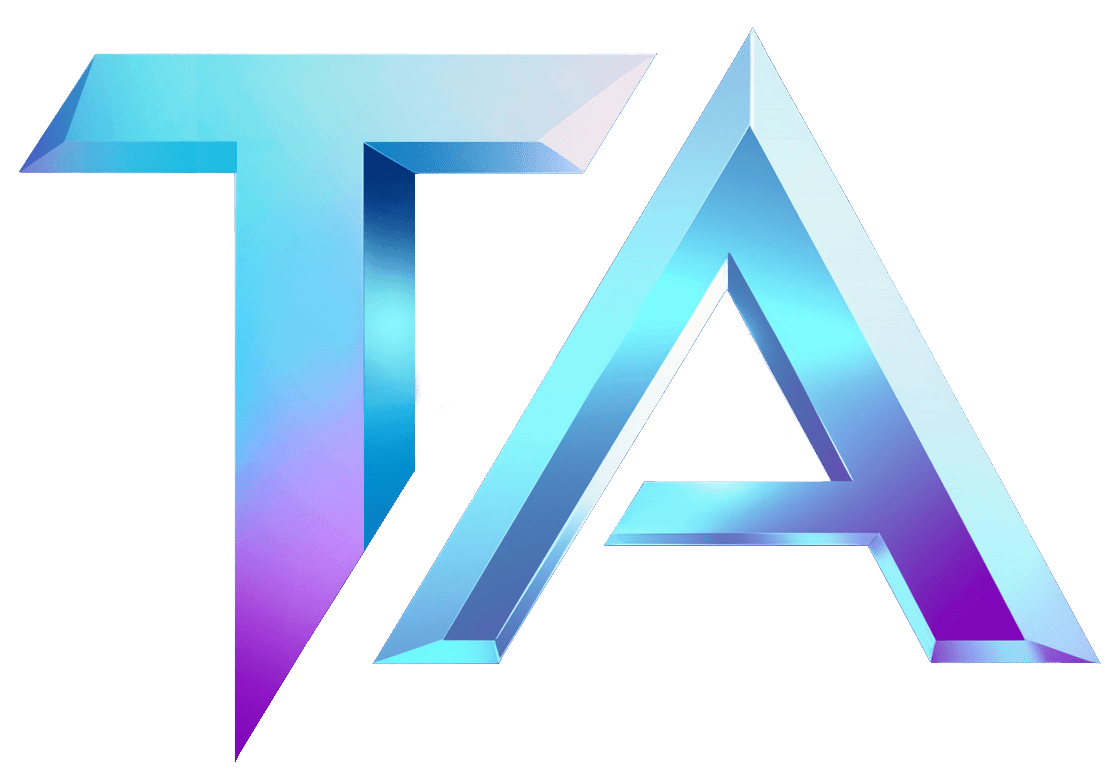Understanding SOL Token: Insights from Titan Analytics

Understanding SOL Token: Insights from Titan Analytics
As a key player in the Solana ecosystem, the SOL token plays an essential role in powering transactions, governance, and staking within this high-performance blockchain. Let’s dive into what SOL is, its purpose, and how it fits into the broader Solana Network landscape.
What is SOL?
SOL is the native cryptocurrency of the Solana blockchain. Launched in 2020, Solana is designed for speed and scalability, capable of processing thousands of transactions per second (TPS) at low costs. Unlike some other blockchains that struggle with congestion and high fees, Solana aims to provide a seamless experience for developers and users alike.
Functions of SOL
-
Transaction Fees: Every time a transaction takes place on the Solana network, a small fee is paid in SOL. This fee contributes to the network’s safety and helps maintain its fast processing speeds.
-
Staking: One of the key features of Solana is its proof-of-stake consensus mechanism. Users can stake their SOL tokens to help validate transactions and secure the network. In return, they earn rewards, making staking a great way to maximize your holdings.
-
Governance: SOL token holders can participate in decision-making processes regarding protocol upgrades and other network improvements. This democratic process ensures that the community has a voice in how the network evolves.
- Support for DApps: SOL is also used by developers building decentralized applications (DApps) on the Solana blockchain. DApps, from games to finance platforms, rely on SOL for powering their operations and providing utility for users.
The Solana Network
Solana stands out not only for its speed but also for its innovative architecture. It employs unique technologies, including:
- Proof of History (PoH): A method of synchronizing the blockchain that allows the network to efficiently order transactions.
- Turbine: A block propagation protocol that helps reduce latency.
- Sealevel: A parallel smart contract runtime that enables multiple transactions to be processed simultaneously.
These technologies contribute to Solana’s impressive ability to handle up to 65,000 TPS, making it one of the fastest and most scalable blockchains available.
Why Choose Solana?
Several factors make Solana an attractive choice for developers and users:
- Low transaction costs: Due to its efficient architecture, transaction fees on Solana are generally a fraction of a cent.
- High throughput: The network’s ability to rapidly handle transactions makes it ideal for high-demand applications.
- Growing ecosystem: With an increasing number of projects and partnerships, Solana is continuously expanding its utility.
How to Get Involved
For those looking to engage with the Solana ecosystem, there are numerous opportunities, from staking your SOL tokens to participating in community discussions. As a validator and analytics provider, Titan Analytics offers a range of data modules that can help you make informed decisions regarding your SOL investments.
Visit our Titan Analytics Solana data modules to explore analytics tools designed to optimize your experience with Solana.
If you have any questions or want to learn more about what we do, feel free to reach out through our contact page.
Conclusion
Understanding the SOL token and its role in the Solana network opens up a world of possibilities. With its innovative design, community-driven features, and growing market presence, SOL is a compelling cryptocurrency to explore. By leveraging tools from Titan Analytics, you can enhance your understanding and participation in this vibrant ecosystem.
For further reading, please check out the official Solana website, where you can find more detailed information on the network’s infrastructure and roadmap.



